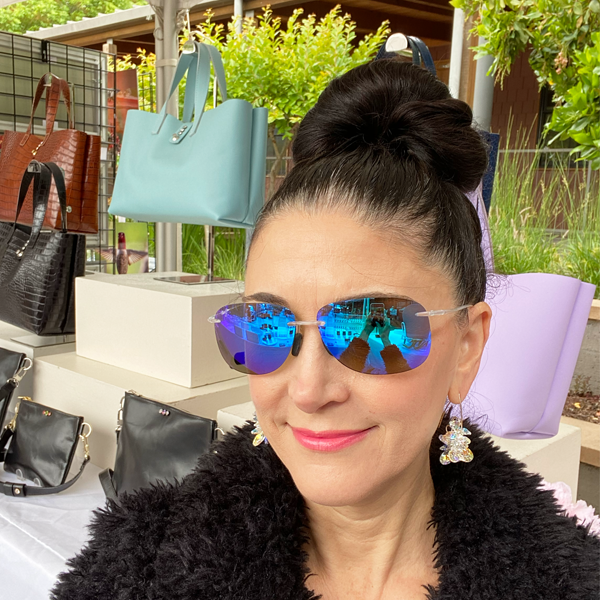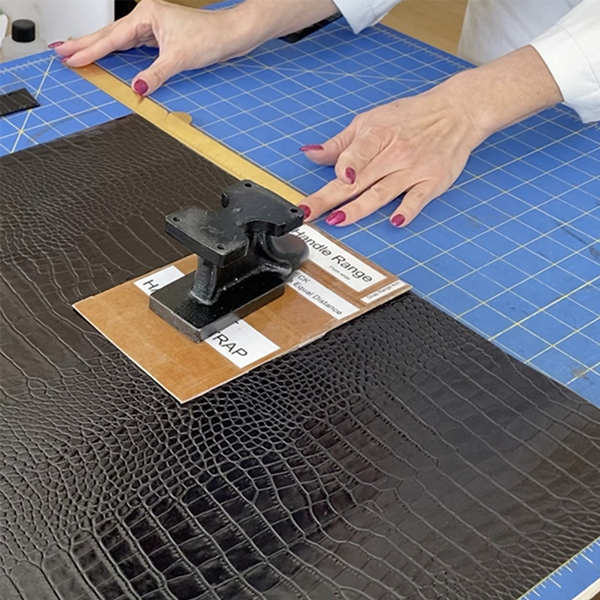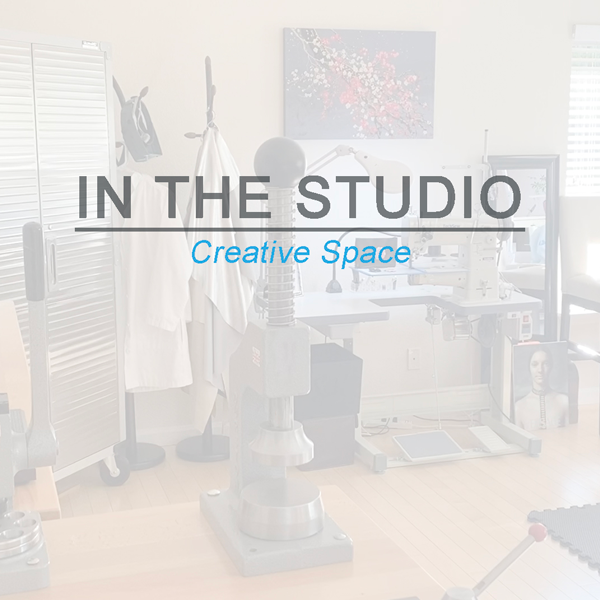Art and Stress Relief: My Journey and the Science Behind It

Artist Lisa Ramos painting leather flowers
When I first began creating with my hands, I noticed something remarkable: my stress seemed to melt away. Hours would pass as I worked on a project, and during that time, my worries and mental chatter disappeared. Afterwards, I felt more energized, positive, and ready to face life’s challenges. That experience sparked my curiosity about the relationship between art and stress relief—a connection I’ve carried with me throughout my art career.
In this article, I’m exploring both my personal journey and what scientific research has to say about how art supports mental well-being.
__________________________________

My Digital Art
What Science Says About Art and Stress Relief
Over the years, researchers have studied how creative activities influence both the nervous system and emotional well-being. The findings are consistent and encouraging:
-
Lowering cortisol (the stress hormone): A 2016 study published in Art Therapy: Journal of the American Art Therapy Association found that just 45 minutes of creative activity—structured or unstructured—significantly reduced cortisol levels in participants, regardless of their prior art experience.
-
Supporting recovery and resilience: Research with stroke patients has shown that incorporating creative art therapy into rehabilitation can improve recovery outcomes and lower depression scores (Clinical Rehabilitation, 2016). More recently, another study reported measurable reductions in depression, anxiety, and stress among post-stroke patients who participated in structured art-therapy sessions (SAGE Open Nursing, 2023).
-
Helping students manage stress: A 2015 study of college freshmen revealed that a four-week art-making program—including activities such as drawing and clay modeling—led to notable reductions in perceived stress levels (Psychology of Aesthetics, Creativity, and the Arts).
-
Mindfulness-based art therapy (MBAT): Programs that combine mindfulness practices with creative expression have been shown to reduce depression and anxiety, particularly among individuals managing serious medical conditions (Journal of Psychosocial Oncology, 2006).
Across all of these studies, one theme stands out: you don’t need to be a “professional artist” to experience the benefits. The very act of making art—whether coloring, doodling, painting, or sculpting—can promote relaxation, improve focus, and bring a greater sense of balance to daily life.
My Experience with Creative Flow
Even before I knew about the research, I felt these effects firsthand. In school, doodling was my way to stay calm and centered in stressful classrooms. As an adult, the simple act of making jewelry, painting leather flowers, or imperfect sketching new ideas helps me quiet my mind. For someone like me who lives with both creative drive and daily challenges, art has become my form of meditation.
And here’s the best part: you don’t need to identify as an “artist” to feel the same relief. Creative practices like coloring books, casual sketching, or even playful DIY projects can help. If you want a deeper experience, guided art therapy with a trained therapist can offer structured techniques for stress management and emotional healing.

My painted outdoor roosters.
Art as My Stress Relief During Health Challenges
This past year, I faced a few health challenges that sent my thoughts into overdrive—including ongoing gut issues that are part of my healing journey. Managing digestive health can be overwhelming, but turning to art gave me a way to quiet the stress that often comes with it. In fact, I’ve written more about my gut healing process in ‘When the Gut Takes Over" for those interested in that side of my story.
In addition to my regular MONOLISA jewelry and handbag designs, I gave myself permission to explore something new just for fun...
Every Sunday, I painted our old outdoor metal roosters. At first, I had no plan—just a desire to play with colors and see what happened. The process was liberating. I reminded myself to focus on enjoyment, take creative risks, and trust the process. Slowly, the roosters came to life in vibrant new coats of paint.
The project gave me more than just cheerful garden décor. It gave me peace of mind, renewed energy, and a little boost of confidence when I needed it most.
Closing Thoughts
For me, art is not only a career—it’s a lifeline. It has carried me through moments of stress, uncertainty, and healing. Science now backs up what many artists intuitively feel: creating art can reduce stress and improve mental health. Whether it’s painting, doodling, or crafting, making time for creativity is one of the most accessible and enjoyable ways to care for your mind.
References
Key studies referenced in this article include:
- Art Therapy: Journal of the American Art Therapy Association, 2016
- Clinical Rehabilitation, 2016
- SAGE Open Nursing, 2023
- Psychology of Aesthetics, Creativity, and the Arts, 2015
- Journal of Psychosocial Oncology, 2006









Leave a comment